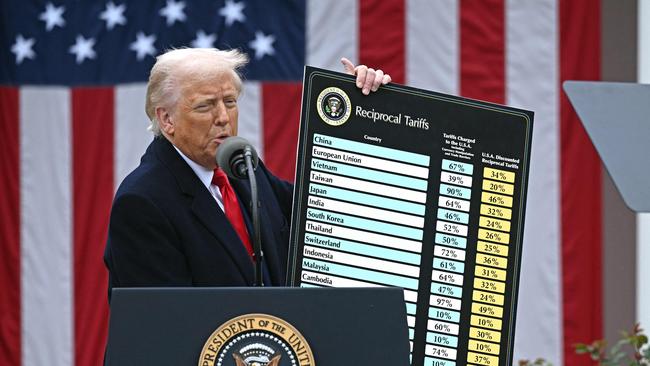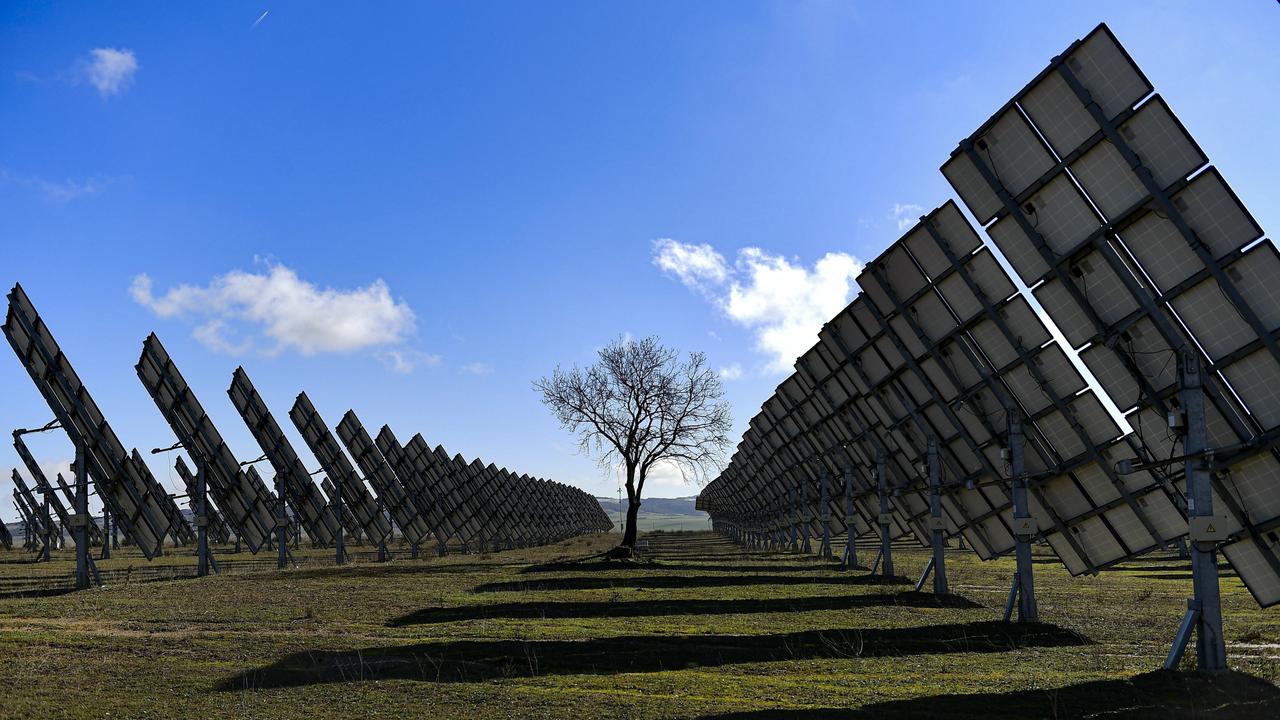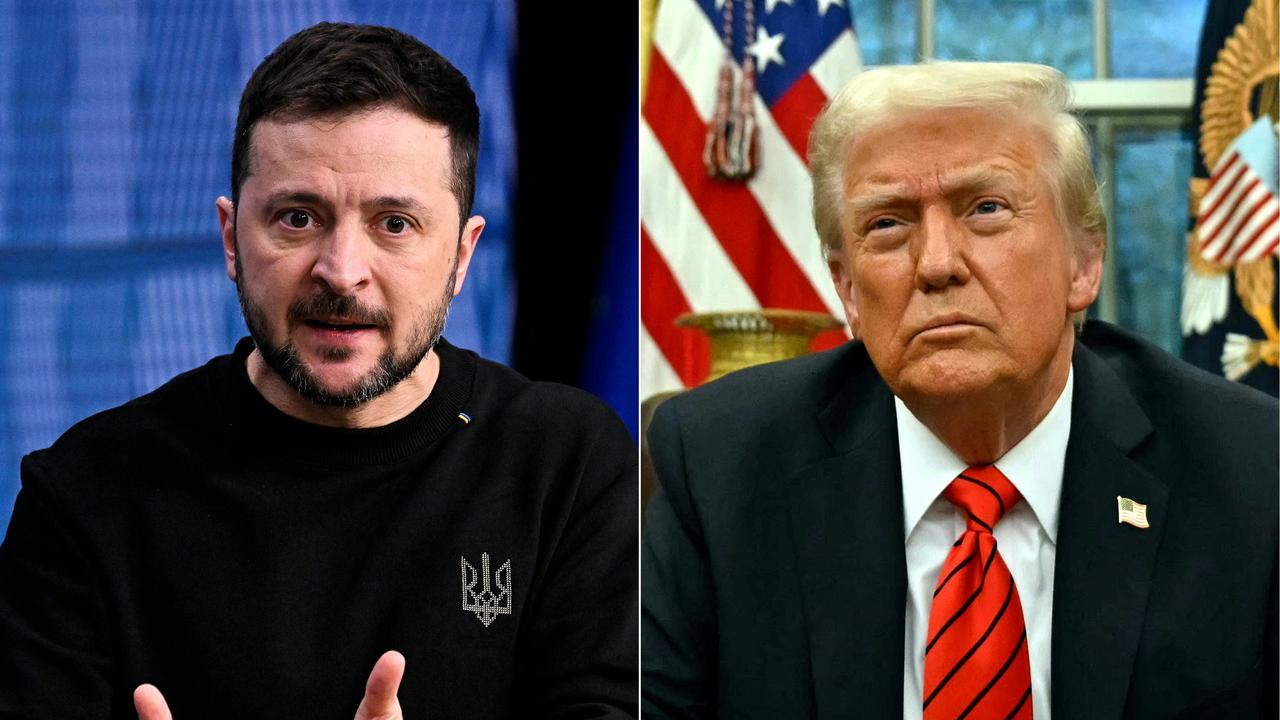How are Trump’s tariff rates are calculated?
The numbers don’t necessarily match what foreign countries charge against imports from the US.

The White House’s new tariffs were pegged to amounts it said other countries impose on the US.
In many cases, those amounts appear to match a basic formula: the size of a country’s goods-trade imbalance with the US, divided by how much America imports from that nation.
The chart President Trump read from in the Rose Garden listed tariffs charged on imports from the US as “including currency manipulation and trade barriers.”
The numbers don’t necessarily match what foreign countries charge against imports from the US.

For example, Chinese tariffs against the US were about 23 per cent overall as of last month, according to the Peterson Institute for International Economics.
But dividing the US’s 2024 goods-trade deficit with China, of about $US295 billion, by the amount the US imported from China results in the 67 per cent tariff value presented by the White House.
$295bn ÷ $439bn=67pc
The math works out that way for at least 71 of the 184 nations, plus the European Union, included in Wednesday’s announcement. In most of those cases, the US is charging a new tariff of roughly half the rate it calculated.
The Journal followed calculations highlighted in postings on social media, including by journalist James Surowiecki, a former business columnist for the New Yorker.
For the remaining nations, including all those where the US has a trade surplus, the tariff charged on imports from the US was listed as 10 per cent.
In these instances, the US set a 10 per cent reciprocal tariff.
The White House referred the Journal to an online explanation by the Office of the US Trade Representative.
The USTR included a math formula that is conceptually similar to the trade-deficit-based math.
“Reciprocal tariffs are calculated as the tariff rate necessary to balance bilateral trade deficits between the US and each of our trading partners,” the USTR said.
Wall Street Journal






To join the conversation, please log in. Don't have an account? Register
Join the conversation, you are commenting as Logout